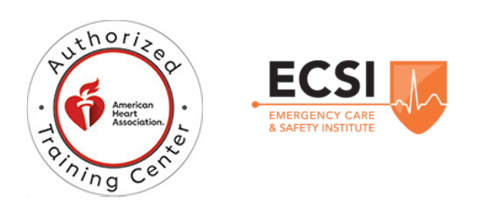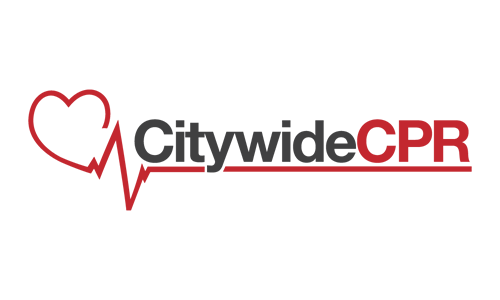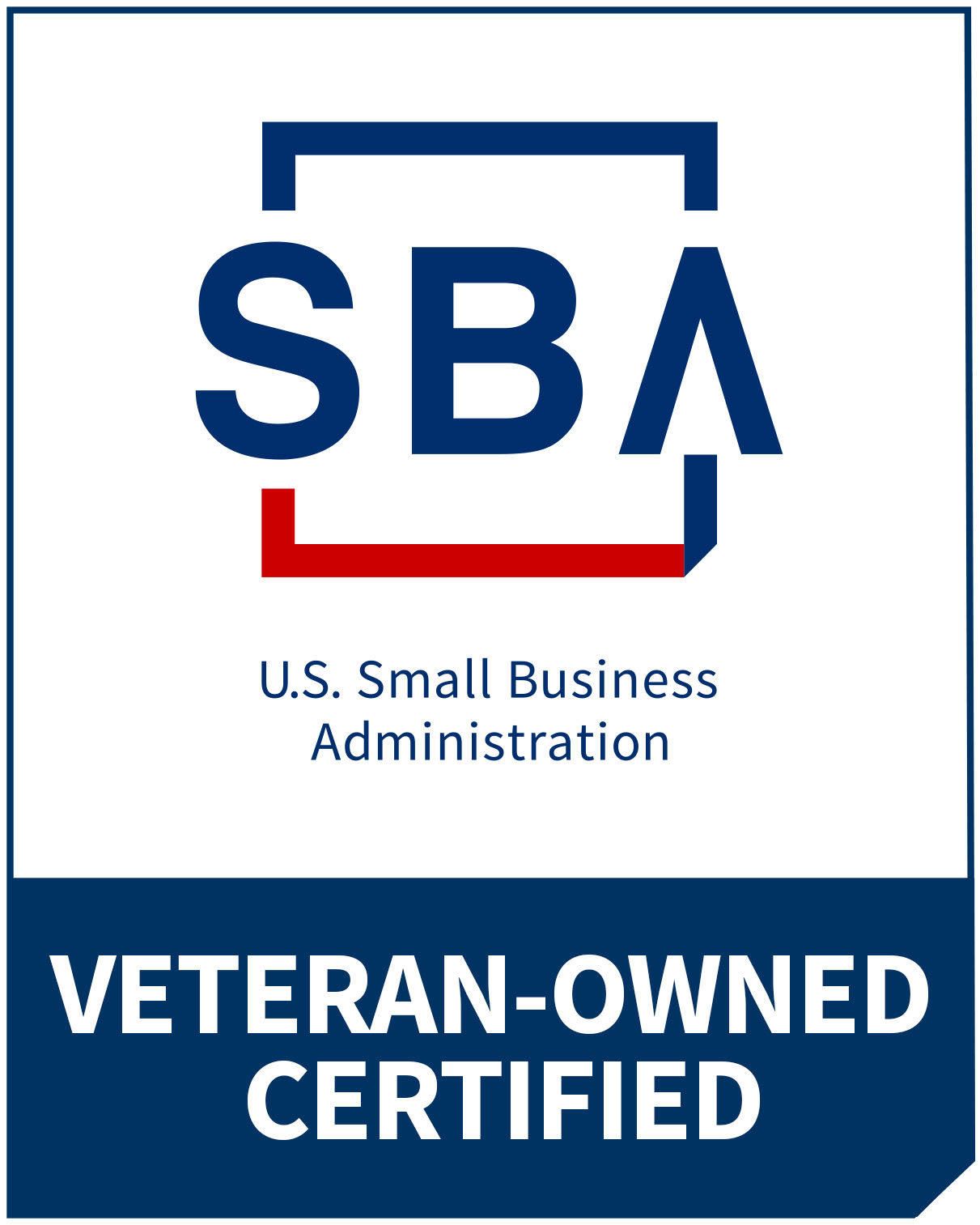If you think people in their “golden age” are the only candidates for sudden cardiac arrest and other similar heart diseases, better think again. It has been shown in the recent studies of the Centers for Disease Control and Prevention (CDC) that there has been a significant increase in the cases of sudden cardiac arrest for young people aging between 15 and 34. These studies also conclude that the rate of increase in sudden cardiac arrest cases for women is higher than that of men. Meanwhile, majority of these cases lead to death before the patient gets the necessary medical treatment in a hospital.
With the said facts, it is just necessary for you to understand the importance of automated external defibrillators (AEDs) that have been made accessible to public buildings and vehicles. An AED is a lifesaver medical device that was basically designed with a computer that automatically makes analysis on the heart rhythm of the patient. It comes in two main types: the semi-automatic AED that allows the user to apply the determined amount of electric shock based on the analysis made; and the fully automatic AED that does not wait for the user’s input anymore when delivering the necessary electric shock to the patient.
Medical institutions have advised that public places, which are usually occupied by a crowd of people, should provide a ready-to-use AED. Public place AEDs are ideally to come with a brightly colored packaging and secured in a protective case that is located near the entrance of the building or any accessible area. Same goes with AEDs in large-size public vehicles like airplanes and cruise lines, as well as in ambulances and other emergency services vehicles. Additionally, the provided AEDs must have a user manual along with it, highlighting the essential operations for the convenience of first-time users.
Just like the application of CPR, the use of automated external defibrillators is allowed for people who are not medical experts. The important thing is that at least, there is an immediate action applied to the sufferer who is about to lose his life because of his severe heart condition. However, if you don’t know anything about using an AED, it is strongly advised to take a glimpse first on the manual to learn how the device is basically operated along with the most important safety measures to be observed when using the device. When you are already on the actual situation, it is also important to find a way to call for the help of a medical expert while you are using the AED to save a sufferer’s life. That medical expert will then take over on the necessary action to be done.
These are just some of the first things you have to understand about AEDs. You could get to learn more of it by taking the AED Program Management and AED Medical Oversight courses at Citywide CPR. As soon as you complete AED Program Management and AED Medical Oversight, you will be far more prepared to become the first respondent on saving a heart disease sufferer’s life with the help of a public place AED.





